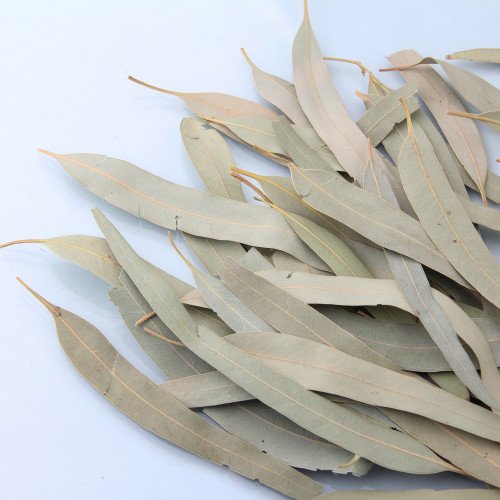It is a tree from the Myrtaceae family, which has more than 400 species, and only a few species have entered Iran. The height of this long and evergreen plant reaches 45 to 65 meters (in its original habitat, Australia, it has been seen up to 100 meters) and has spherical to wide conical fruits with small grooves, permanent leaves, thorn and sickle. The shape is bluish-green or bluish (where the young leaves are heart-shaped and opposite and the older leaves are alternate) and the bark of the trunk is silver-colored, which is separated into sheets and pieces every year, but after Its color will turn yellow for a while. The leaf and the oil extracted from it have medicinal properties. Eucalyptus products are eaten, but eucalyptus itself should not be used directly. The flowering time of this plant is from June to November, and at that time the leaves are collected from the older parts of the plant. This plant is native to eastern Australia and Tasmania, and currently vast forests of eucalyptus have been established in India, Morocco and other North African countries. In Iran, it was also cultivated in the east of the Caspian Sea (Miankale), west of the Caspian Sea (Hashtpar), Saravan, Khuzestan and Fars (Gerbaygan).
Eucalyptus globulus Labill
It is a tree leaf of the Myrtaceae family, which is generally sickle-shaped, permanent, unripe, and bluish-green or bluish in color. Young leaves are heart-shaped and alternate, and older leaves are alternate.
Categories: Categories, Companies, Digestive Health
Tags: heart, Myrtaceae
Reviews (0)
Be the first to review “Eucalyptus globulus Labill” Cancel reply



Reviews
There are no reviews yet.